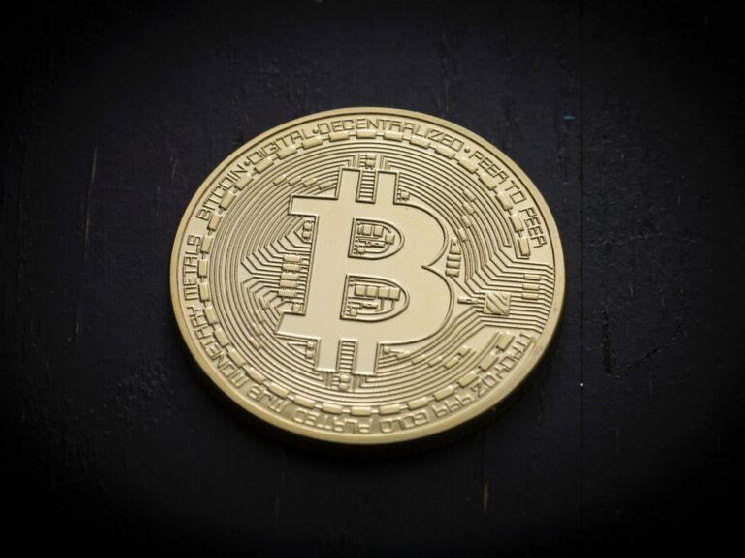Jack Mallers, founder and CEO of Bitcoin startup Strike, started his keynote at BTC Prague 2024 focusing on the theme of improving the understanding of Bitcoin. Mallers acknowledges the common questions about the differences between Bitcoin and other cryptocurrencies, such as Ethereum and Solana, and the possibility of a “flippening” where another cryptocurrency could surpass Bitcoin.
Mallers calls his lecture ambitious ‘There is no second best’ and aims to explore in depth the differences between Bitcoin and all other cryptocurrencies.
Mallers explains that the main distinction between Bitcoin and other cryptocurrencies is the use of proof of work. According to Mallers, Bitcoin is the only major cryptocurrency that uses proof of work, a consensus mechanism that is crucial for ensuring trust and security without relying on a trusted third party. Mallers attributes the importance of proof of work to Satoshi Nakamoto, who stated that it is the only solution to make peer-to-peer e-cash work without a trusted third party.
Mallers emphasizes that understanding proof of work is essential to understanding Bitcoin. He then describes the digital age we live in, in which virtual representations of reality are not reality itself, but abstractions. Mallers uses the analogy of a map and a territory to explain that digital tools can map our world and provide new perspectives, but they remain tools and not a replacement for the world they represent.
Mallers further explains that computers and digital technologies are abstractions of our minds, reflecting the meaning we assign to circuits. He compares the execution of a computer program to an actor executing a script, emphasizing that the hardware and computations are real, but the experiences created are abstract. Mallers emphasizes that nothing in cyberspace physically exists; Rather, digital objects are abstractions that can be manipulated.
Mallers uses the example of Mark Zuckerberg to illustrate the concept of abstract power in the digital age. He explains that while Zuckerberg has no physical power over individuals, he does wield significant abstract power through social media, influencing thoughts, actions and relationships. Mallers contrasts abstract power with physical power, which is tangible and bound by the laws of physics, such as military force or physical possessions such as gold.
Mallers describes the US dollar’s transition from the gold standard (a physical constraint) to a fiat standard (an abstracted reality), illustrating how abstract power can be efficient and secure, but lacks physical boundaries and requires trust. He notes that there have been breaches of trust in the past, making abstract power potentially exploitative.
Mallers mentions Adam Back, who created hash-cash to tackle the problem of email spam by requiring proof of work, imposing physical costs on virtual actions. Mallers emphasizes that proof of work connects the physical world to the virtual world, making it the only physically real thing on a digital screen. He explains that Satoshi Nakamoto used proof of work to create Bitcoin, and made updating the Bitcoin ledger require resolving a hash cost function, protecting digital money with physical force.
Mallers explains how proof of work is inclusive, decentralized and verifiable, providing a secure and peaceful way to protect Bitcoin. He contrasts this with proof of stake, which he says is based on an abstracted reality, without the physical limitations that make Bitcoin secure.
Mallers played a video of Vitalik Buterin, the creator of Ethereum, who describes proof of stake as a system that allows the creation of a simulated universe with its own laws of physics. Mallers criticizes this approach, arguing that it detaches cryptocurrency from physical reality and subjects it to abstract power dynamics.
Mallers claims that Ethereum and other altcoins, which do not use proof of work, are not tied to physical reality and are susceptible to manipulation by entities like BlackRock. He argues that Bitcoin’s reliance on proof-of-work allows it to be defended by honest actors using physical power, while proof-of-stake systems rely on trust in those with the most coins.
Mallers concludes by emphasizing that Bitcoin is fair and equitable, unlike Ethereum’s pre-mining and rule changes that concentrate power in the hands of a few. He claims that altcoins often change their monetary policies and even reverse transactions, undermining their credibility.
Finally, Mallers emphasizes the importance of educating people about the distinction between Bitcoin and other cryptocurrencies. He reiterates that understanding Bitcoin means understanding proof of work and states that there is no second best in the world of cryptocurrencies.

